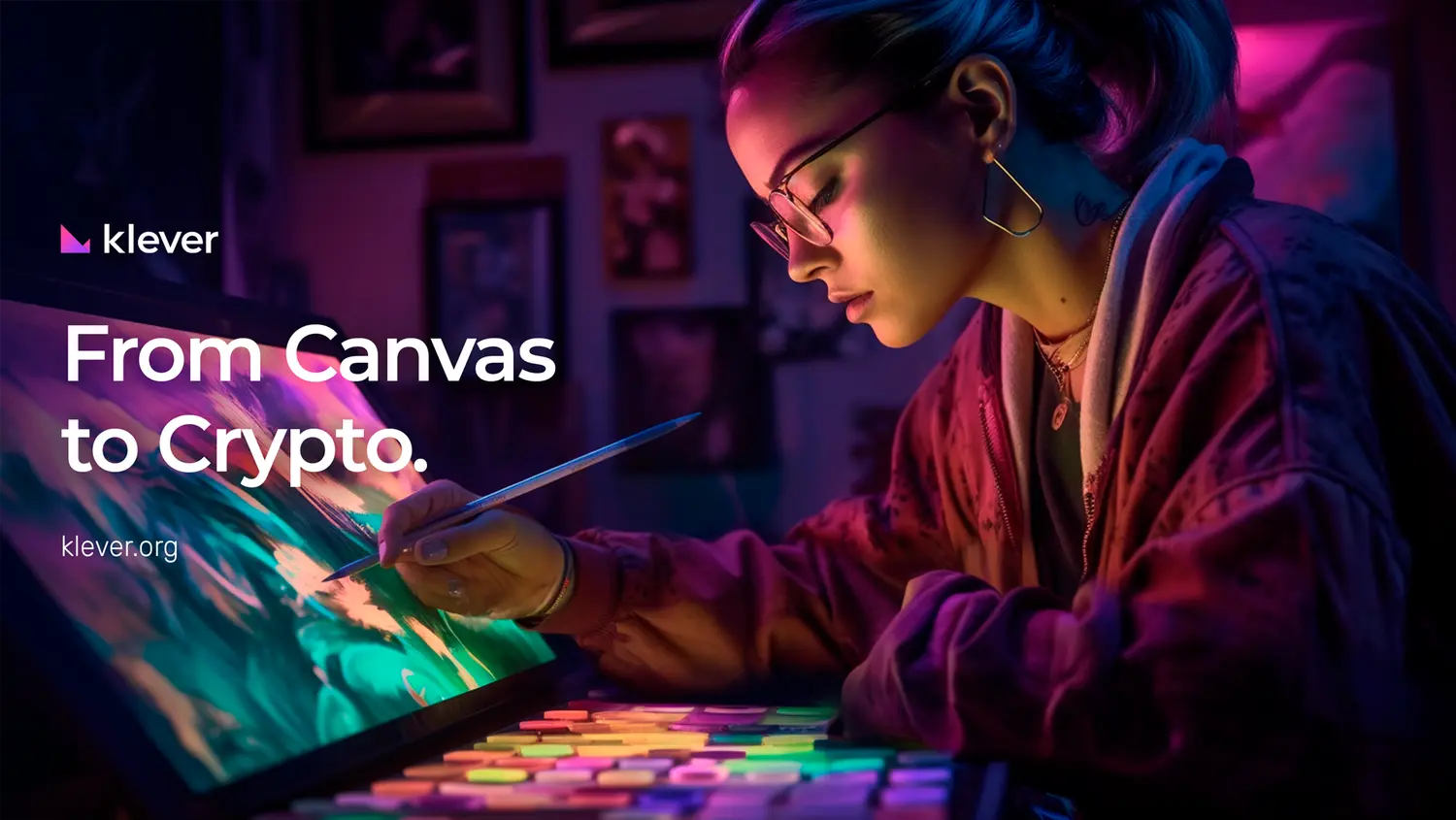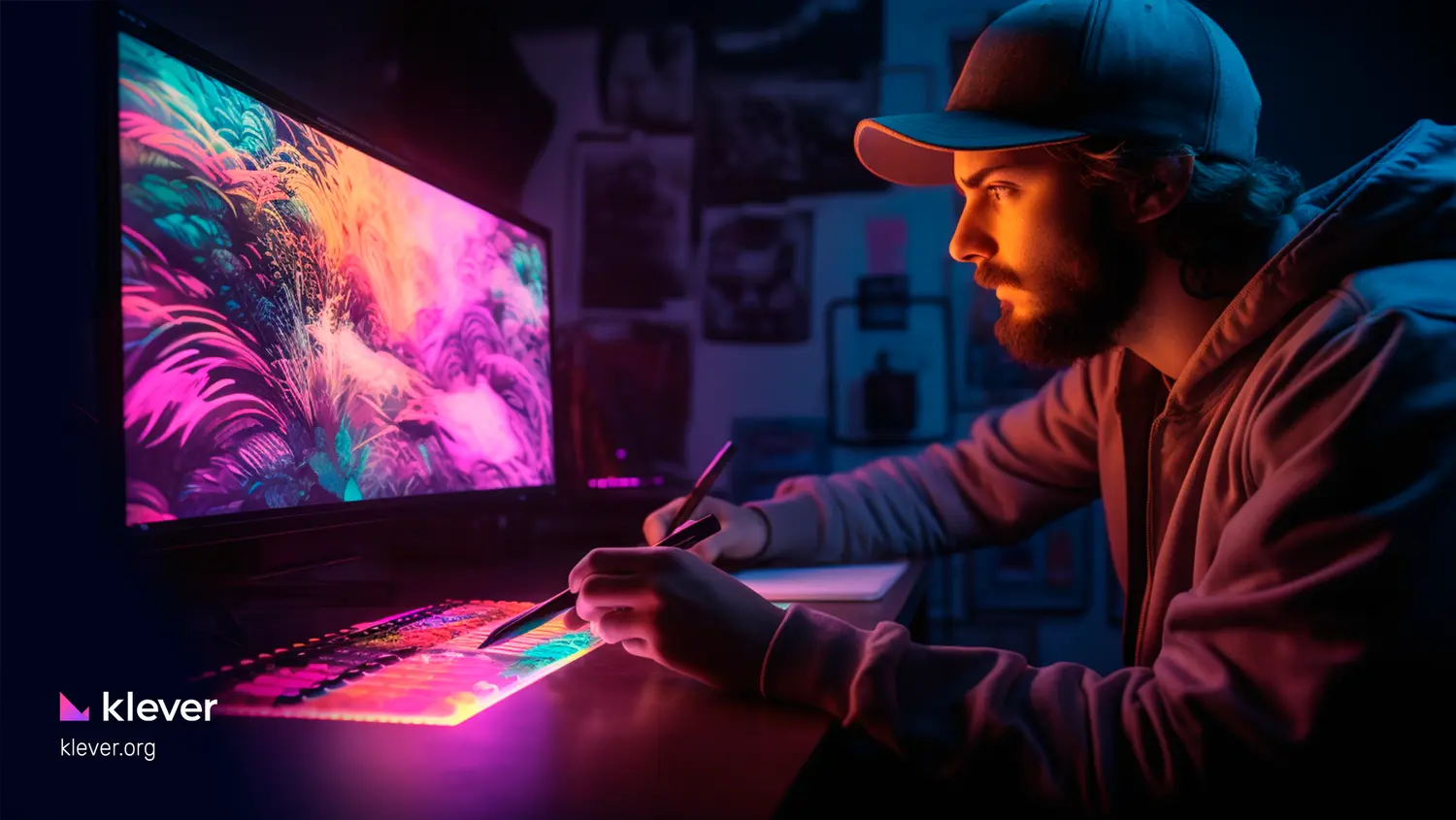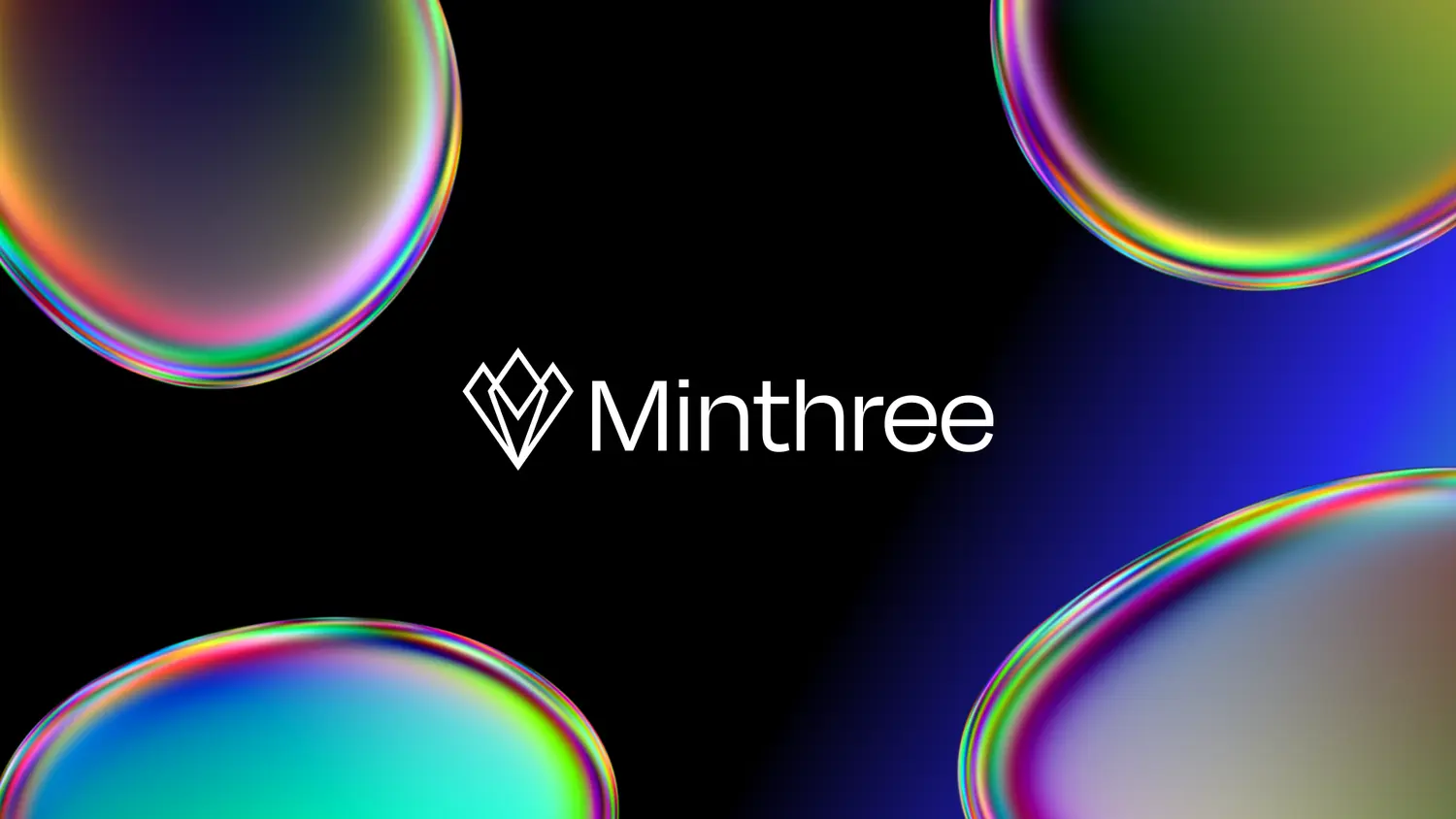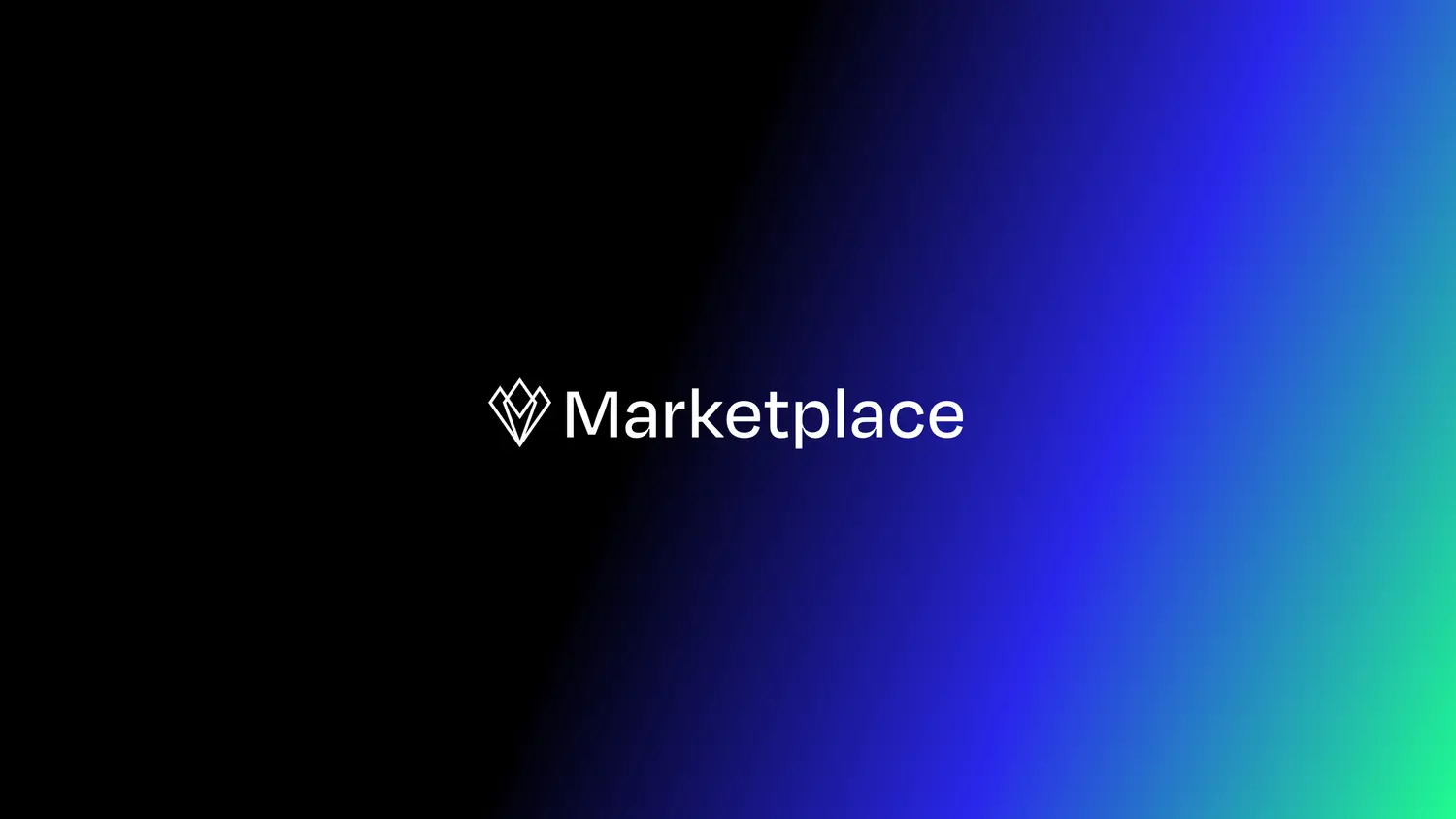
Non-Fungible Tokens (NFTs) have revolutionized the art world, offering new avenues for creation, ownership, and distribution. Moreover, the historical impact of art on society is profound, reflecting cultural values and driving social change through various eras. From ancient Egypt to the Renaissance and now into the digital frontier, art continues to evolve and shape our world. Check out more deeply the impact of NFT on art.
The Historical Impact of Art on Society
Art as a Reflection of Culture
Art has always been an essential aspect of human civilization, allowing societies to express their values, beliefs, and aspirations. Throughout history, art has played a crucial role in reflecting the cultural identity of various groups and communities. From the earliest cave paintings to the most avant-garde digital creations, art has been a means to communicate ideas, emotions, and experiences that transcend time and geography.
In ancient Egypt, people used art to celebrate the divine and preserve the memory of the deceased in the afterlife. During the Renaissance, art displayed wealth and social status, and explored new ideas in science and philosophy. In the 20th century, art movements like Dadaism and Abstract Expressionism sought to challenge traditional artistic conventions and explore the nature of the human condition.
The Role of Rewards in the Art World
Throughout history, rewards and recognition have been integral to the development of art and artists. Patrons, such as wealthy individuals or the church, would commission artworks and provide financial support to artists, allowing them to create and innovate. These patrons, in turn, gained social prestige and influence by associating with renowned artists and groundbreaking works.
In many cases, art competitions and awards have also served to recognize artistic excellence and elevate the status of artists. Prestigious prizes, such as the Turner Prize in the United Kingdom or the Hugo Boss Prize in the United States, continue to shape the careers of contemporary artists and contribute to their global recognition.
Art and Social Change
Art has also been a powerful tool for social change, challenging norms and inspiring new ways of thinking. For example, the Mexican muralists of the early 20th century, such as Diego Rivera and David Alfaro Siqueiros, created large-scale public works that celebrated the working class and indigenous cultures, while critiquing the injustices of colonialism and capitalism.
The Advent of Blockchain and NFTs

Understanding Blockchain and NFTs
Blockchain technology revolutionizes industries with its decentralized, transparent, and secure nature, making it ideal for managing transactions and data. Specifically, one of the most significant innovations in the art world to emerge from this technology is the Non-Fungible Token (NFT). People can buy, sell, and trade NFTs, unique digital assets, on the blockchain, with each token representing ownership of a specific piece of digital or physical art.
The Transformation of the Art World
The introduction of NFTs has revolutionized the way we view, store, and redistribute art. Before NFTs, digital art was undervalued and hard to monetize due to reproduction and copyright issues. NFTs let artists create limited edition digital works that are verifiable and traceable, ensuring their creations’ integrity and scarcity.
This new authentication and ownership method allows artists to monetize their work and gain recognition. Additionally, NFTs have facilitated the emergence of a global art market, with collectors and enthusiasts able to access and purchase digital art from anywhere in the world.
The Revolution in Art and Data
New Opportunities for Artists
The NFT revolution has provided artists with novel ways to explore their creativity and engage with their audience. By embracing blockchain technology, artists can experiment with interactive and immersive digital experiences that challenge the boundaries of traditional art forms. For example, artists can create virtual reality exhibitions, augmented reality installations, or even “smart” artworks that evolve and change over time based on data inputs or viewer interactions.
NFTs also enable artists to collaborate across disciplines, allowing musicians, visual artists, and programmers to create unique multimedia experiences. This cross-pollination of ideas and techniques can lead to innovative new forms of artistic expression.
The Democratization of Art
The NFT movement has also democratized the art world by breaking down barriers to entry for both artists and collectors. Artists no longer need to rely on traditional gatekeepers, such as galleries and auction houses, to reach a wider audience or sell their work. Instead, they can directly connect with potential buyers through online platforms and social media.
For collectors, NFTs provide a more accessible entry point into the art market. Collecting art has become more feasible for individuals previously priced out of the traditional art market, thanks to lower price points and a wide range of digital works. Furthermore, NFTs enable fractional ownership, allowing groups to invest in and own a percentage of a single artwork.
The Future of Art and Data
As blockchain technology and NFTs continue to evolve, they will likely increasingly shape the creation, distribution, and consumption of art. Moreover, the convergence of art and data has the potential to lead to groundbreaking new forms of artistic expression and redefine the concept of value in the art world.
In the future, decentralized art institutions may emerge, allowing artists and collectors to co-create and collaborate in virtual spaces. So, as the line between the digital and physical worlds continues to blur, the impact of blockchain and NFTs on art and society will only become more profound.
Art history and its societal impact have been shaped by the interplay of culture, rewards, and social change. With the arrival of blockchain and NFTs, we are witnessing a new chapter in the story of art, as these technologies revolutionize the way we view, store, and redistribute data. Additionally, artists, collectors, and institutions adapt to these changes, the potential for innovation and collaboration is vast, offering exciting possibilities for the future of art and society.
NFTs and data have the potential to exist in synergy, revolutionizing various industries and creating new opportunities for innovation.
Here are a few known ways and future suggestive ways that NFTs and data could live in synergy.
- Digital Identity and Authentication: NFTs can be used to represent unique digital identities and secure personal data. Furthermore, by associating an NFT with an individual’s identity, a secure and verifiable method of authentication can be established for various online services, reducing the risk of identity theft and fraud.
- Decentralized Finance (DeFi): NFTs can be integrated with DeFi platforms, enabling users to tokenize real-world assets, such as real estate, collectibles, or intellectual property. These tokenized assets can then be used as collateral for loans, generating interest, or traded on decentralized exchanges.
- Supply Chain Management: NFTs track and verify the origin, ownership, and movement of goods and products within a supply chain. By assigning an NFT to each product, manufacturers, distributors, and retailers can ensure the authenticity and provenance of their goods, reducing the risk of counterfeiting and increasing consumer trust.
- Gaming and Virtual Reality: NFTs represent unique in-game items, characters, or virtual land in gaming and virtual reality environments. This enhances the gaming experience and also allows players to buy, sell, and trade digital assets in secondary markets.
- Education and Credentialing: NFTs issue and verify educational degrees, certifications and other credentials. By tokenizing these achievements, individuals can securely store and share their credentials with potential employers, educational institutions, or professional networks, simplifying the verification process and reducing the risk of fraud.
Introducing Minthree: The Multi-Chain NFT Exchange Revolutionizing the Digital NFT Landscape

Minthree is a cutting-edge Web3 platform that caters to Ethereum NFTs, Polygon NFTs, BNB Chain NFTs, and Klever Chain NFTs. As the first multi-chain NFT exchange, Minthree empowers users with a Community Rewards Program, offering a seamless experience for both traders and collectors.

Rewards and Community at Minthree
Minthree Rewards are central to Minthree’s platform, providing liquidity across blockchains and rewarding the community. Organized by seasons, the rewards program focuses on community feedback and satisfaction.
Minthree caters to both experienced traders and collectors, allowing users to define and switch their preferred view anytime. The trader view offers an NFT exchange with advanced tools, while the collector view provides an engaging marketplace experience.

Bidding Pool and Collection Offers
The Minthree Bidding Pool enables users to send bids to NFT collections without incurring fees. Simply connect your wallet, add funds to your pool, and start bidding. By providing liquidity to the NFT market for ETH, MATIC, BNB, and KLV, you can earn rewards.
Bulk Listing and Portfolio Management
Minthree’s advanced listing tool allows users to list multiple NFTs simultaneously. The platform also offers portfolio tools for easy management of ETH, MATIC, BNB, and KLV NFTs. Users can track their trades and portfolio growth under the Portfolio feature.

Instant Sell and Launchpad
Minthree’s Instant Sell feature enables users to sell their NFTs instantly. As a liquidity provider, the platform rewards users who contribute liquidity to collections and creators.
The Launchpad allows users to participate in upcoming Web3 launches and earn rewards. By joining the best projects, users can also benefit from the Minthree rewards program.
The Future of Minthree
Minthree is just starting. Soon, the platform will integrate new blockchains, introduce tools for creators, and launch Gamethree and MinthreeDAO. The exclusive beta phase offers early access for users to experience the revolutionary features of Minthree.
Future suggestive ways NFTs and data could live in synergy.
- Personalized Healthcare: In the future, NFTs could securely store and manage an individual’s medical data. This would enable healthcare providers to access a patient’s medical history and tailor treatments based on their unique needs, improving patient outcomes and reducing healthcare costs.
- Sustainable Development: NFTs could incentivize and track sustainable practices, such as carbon offsetting or recycling. By tokenizing these activities, individuals and organizations can be rewarded for their efforts, and progress towards sustainable development goals can be more accurately measured.
- Artificial Intelligence and Machine Learning: NFTs could represent unique data sets, algorithms, or AI models, enabling researchers and developers to collaborate, share and monetize their work. This would facilitate the growth of AI and machine learning technologies and encourage innovation in the field.
- Decentralized Autonomous Organizations (DAOs): NFTs could be used to represent voting rights, governance tokens, or shares in decentralized autonomous organizations. This enable individuals to participate in decision-making processes and the management of these organizations.
- Digital Twins: NFTs could be used to create digital twins of physical assets, such as buildings, infrastructure, or machines. These digital tools monitor, analyze, and optimize asset performance, promoting more efficient and sustainable practices.
As technology continues to evolve, the synergies between NFTs and data will expand, creating new opportunities for innovation and transforming the way we interact with the digital and physical worlds.